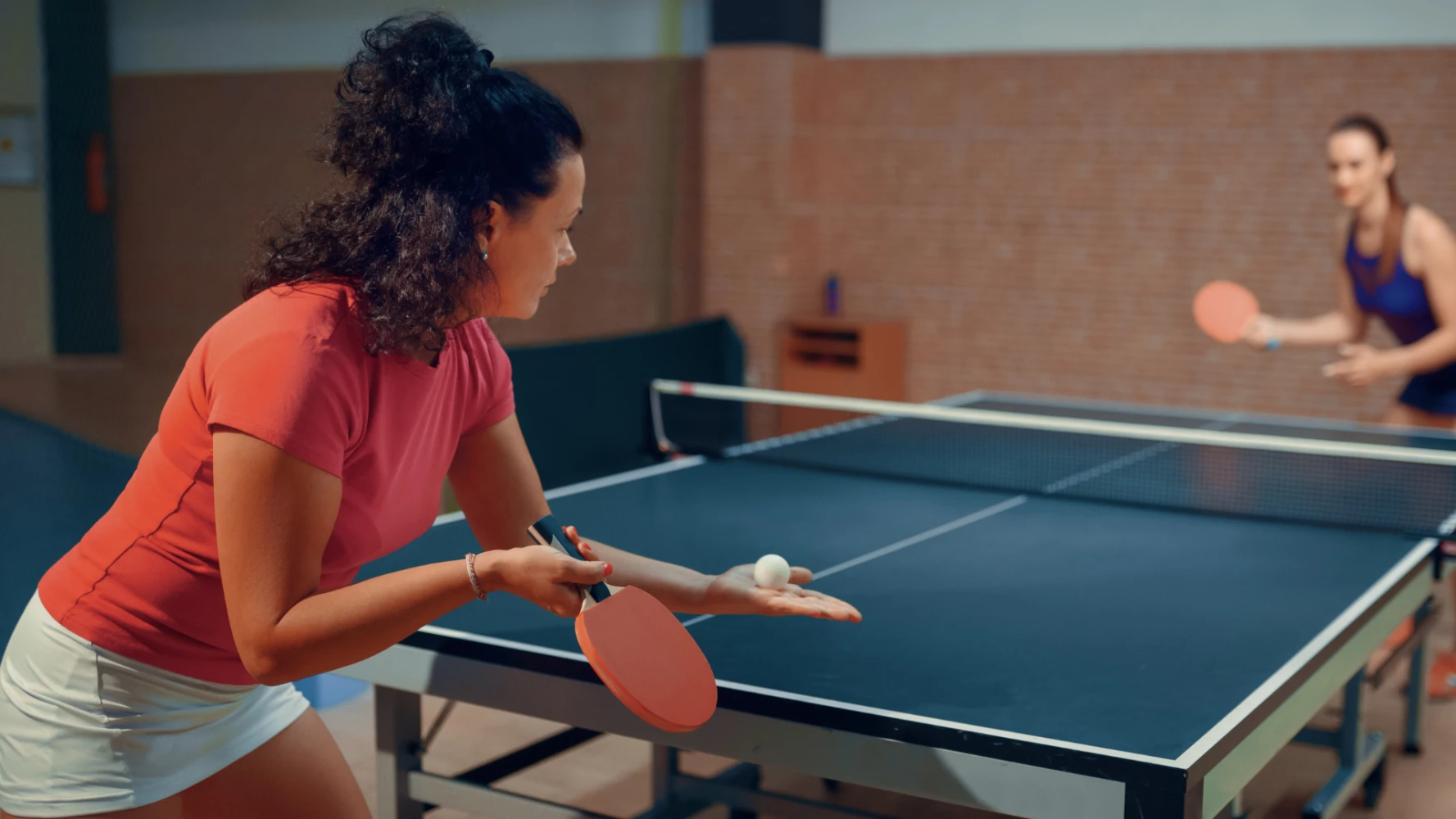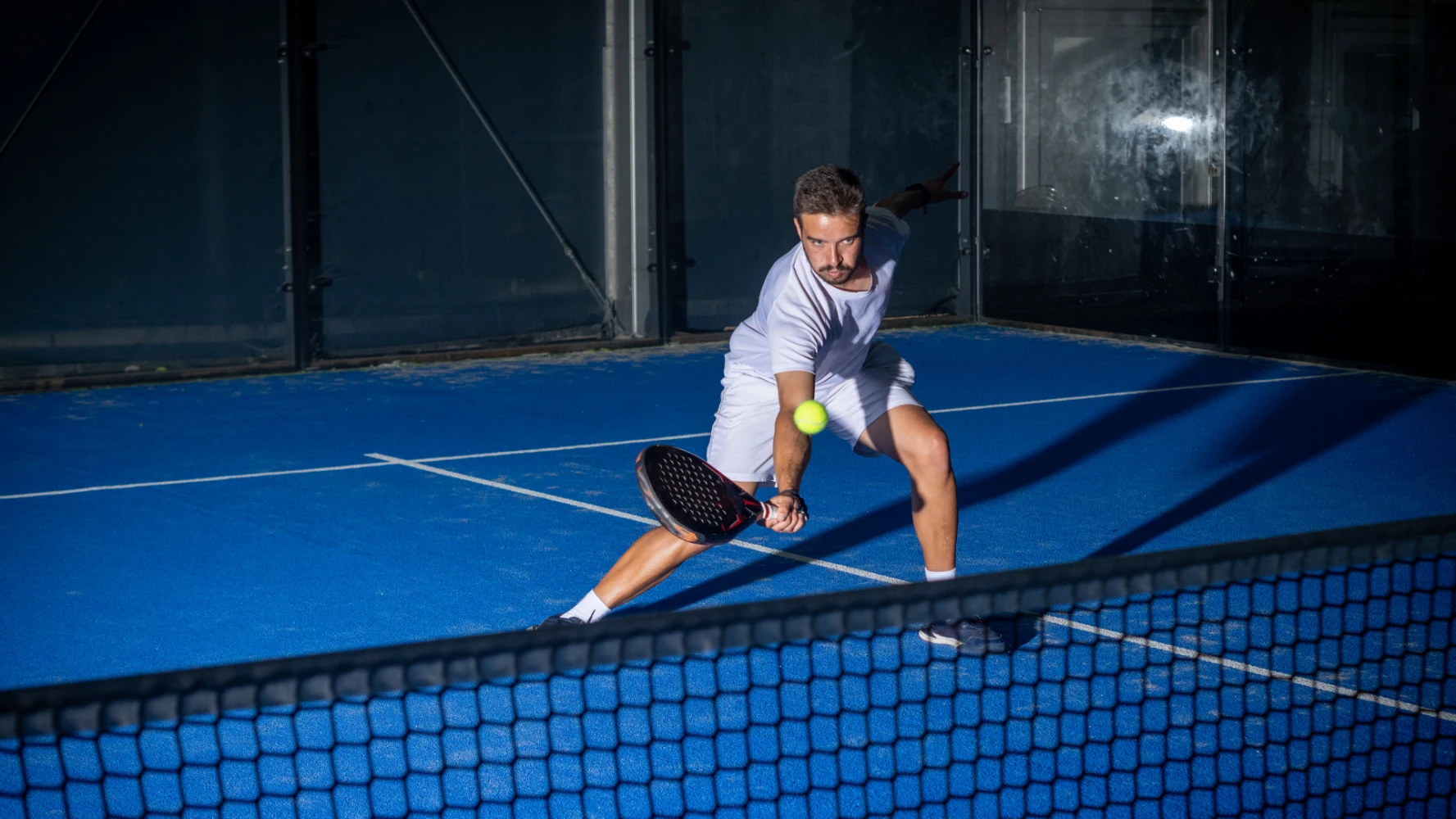Table tennis (ping-pong) is often considered a low-risk sport, but the repetitive nature of the movements, the intensity of trunk twists, and the speed of execution place significant stress on certain joints. Regular players, in particular, are exposed to the risk of overuse and tendinitis. Adopting a strategy of prevention and targeted strengthening is therefore essential to maintain your level of play and avoid a forced break.
The Most Affected Joints and Their Causes
Table tennis injuries are generally related to repetitive strain, primarily affecting the upper body.
The Shoulder and Dominant Arm
The shoulder of the striking arm is the most vulnerable area. Explosive movements and overhead shots, such as the smash or extended topspin, strain the rotator cuff. Pain or tendinitis often appears around the shoulder blade and the joint itself, typically due to insufficient warm-up or poor trunk rotation technique.The Elbow and Wrist
The strain on the forearm is due to the search for spin (topspin) and the rapid rotation of the wrist. This excessive stress can lead to:Epicondylitis (pain on the outer part of the elbow, sometimes called "tennis elbow").
Epitrochleitis (pain on the inner part).
Wrist pain, which is highly stressed during the preparation of complex serves or topspin finishes.
The Lower Back (Lumbar)
The playing posture in table tennis requires knee and trunk flexion, combined with rapid and asymmetrical twists during the execution of the forehand and backhand. This constant torsion, especially when generating power, can cause chronic pain or acute lumbago if the core (abdominal and back muscles) is not sufficiently strengthened and warmed up.Lower Limbs While less frequent than in tennis, lower limb problems do exist. The knees are stressed by the short starts and stops that require significant eccentric work. The ankles, though less prone to sprains, can suffer if shoes do not provide adequate lateral support during lateral movements.
The Keys to Table Tennis Injury Prevention
Injury prevention rests on three pillars: a proper warm-up, targeted strengthening, and suitable equipment.
Targeted Dynamic Warm-up
Forget the idea of just hitting "a few balls." A proper warm-up should last at least 10 to 15 minutes and should include:Shoulder Mobilization: Arm rotations and rotator cuff circles (internal and external) with or without a resistance band.
Trunk Activation: A few gentle torso twists to prepare the lumbar and abdominal muscles.
Specific Warm-up: Always start the session with slow rallies to feel the ball and gradually increase the intensity of the topspins.
Essential Strengthening Strengthening should focus on areas of stability and power:
Core (Abdominal and Back Muscles): Plank exercises (sheathing) to stabilize the trunk and protect the lower back from twisting.
Rotator Cuff: Use small resistance bands to strengthen the deep shoulder muscles, which are often neglected.
Forearm: Exercises to strengthen grip and the flexor/extensor muscles of the forearm.
Equipment and Technique
Shoes: Invest in specific indoor sports shoes to ensure stable footing and prevent slipping.
Technique: A correct topspin technique, where power comes from hip and body rotation (weight transfer) rather than the arm alone, drastically reduces the strain on the elbow and shoulder.
Staying in the Game Means Staying in Shape
Table tennis is a sport of finesse, but also of intense repetition. By taking the time to listen to your body and integrating a warm-up and strengthening ritual, you will transform your training and significantly reduce the risk of injury.




Comments